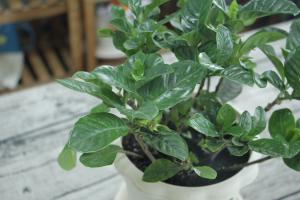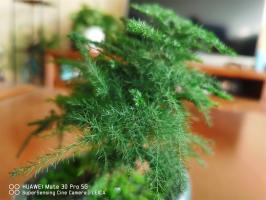What Plant Group Do Pine Trees Belong To?
Pine trees belong to the plant group known as conifers, which is derived from the Latin word “conus” meaning cone and “ferre” meaning to bear. As the name suggests, conifers are characterized by their cone-shaped fruits which typically contain seeds. This group of plants is one of the most ancient and diverse, with over 600 species that can be found in various parts of the world.
Physical Characteristics of Pine Trees
Pine trees are known for their evergreen needles, which are grouped together in bundles called fascicles, and their woody cones. Their needles are typically long and slender, and they come in clusters of two, three or five. Pine cones, on the other hand, are typically larger than the cones of other conifers and can take from two to three years to mature.
Pine trees are also known for their height and can be found growing up to 200 feet tall in some cases. The bark of pine trees varies in texture and color depending on the species, but it is usually thick and scaly. Some species have reddish-brown bark, while others have grayish-brown bark.
Ecological Importance of Pine Trees
Pine trees play an important ecological role in the areas where they grow. They help to stabilize soil and prevent erosion, and they can also help to maintain healthy water systems. The needles of pine trees are acidic, which means they can change the pH of the soil underneath and make it less hospitable to certain plant species. This helps to prevent competition in the area around the pine trees.
In addition, pine trees are also used extensively as a source of lumber for building, furniture-making and paper production. This has led to extensive planting of pine forests in many areas of the world where they can grow successfully. Pine trees are also used as a source of turpentine, which is an important ingredient in many industrial processes, including the manufacture of paint and varnish.
Types of Pine Trees
There are many different types of pine trees, each with its own unique characteristics. Some of the most common types found in North America include the Eastern White Pine, the Ponderosa Pine, the Lodgepole Pine, and the Sugar Pine. Other types of pine trees that can be found in various parts of the world include the Scots Pine, the Swiss Pine, the Jack Pine, and the Aleppo Pine.
Each type of pine tree has its own unique characteristics and is adapted to thrive in certain environments. For example, the Lodgepole Pine is known for growing in areas where wildfires are common, while the Eastern White Pine grows best in areas that experience cold winters and mild summers.
Caring for Pine Trees
If you have pine trees growing on your property, it is important to take proper care of them to keep them healthy and looking beautiful. One of the most important things you can do is to make sure that they are getting the right amount of water. Pine trees need to be watered deeply and infrequently, which means you should water them thoroughly once a week rather than giving them small amounts of water every day.
It is also important to make sure that pine trees are getting the right nutrients. Pine trees require a balanced fertilizer that contains nitrogen, phosphorus, and potassium, as well as trace minerals like iron and magnesium. You may also want to consider treating your pine trees with a fungicide to prevent fungal diseases.
Conclusion
Pine trees are an important part of the coniferous plant group and are known for their unique physical characteristics and ecological importance. There are many different types of pine trees found throughout the world, each with its own unique characteristics and adaptations. By taking proper care of pine trees, you can ensure that they remain healthy and provide the many benefits they offer for years to come.

 how many times do yo...
how many times do yo... how many planted tre...
how many planted tre... how many pine trees ...
how many pine trees ... how many pecan trees...
how many pecan trees... how many plants comp...
how many plants comp... how many plants can ...
how many plants can ... how many plants and ...
how many plants and ... how many pepper plan...
how many pepper plan...































